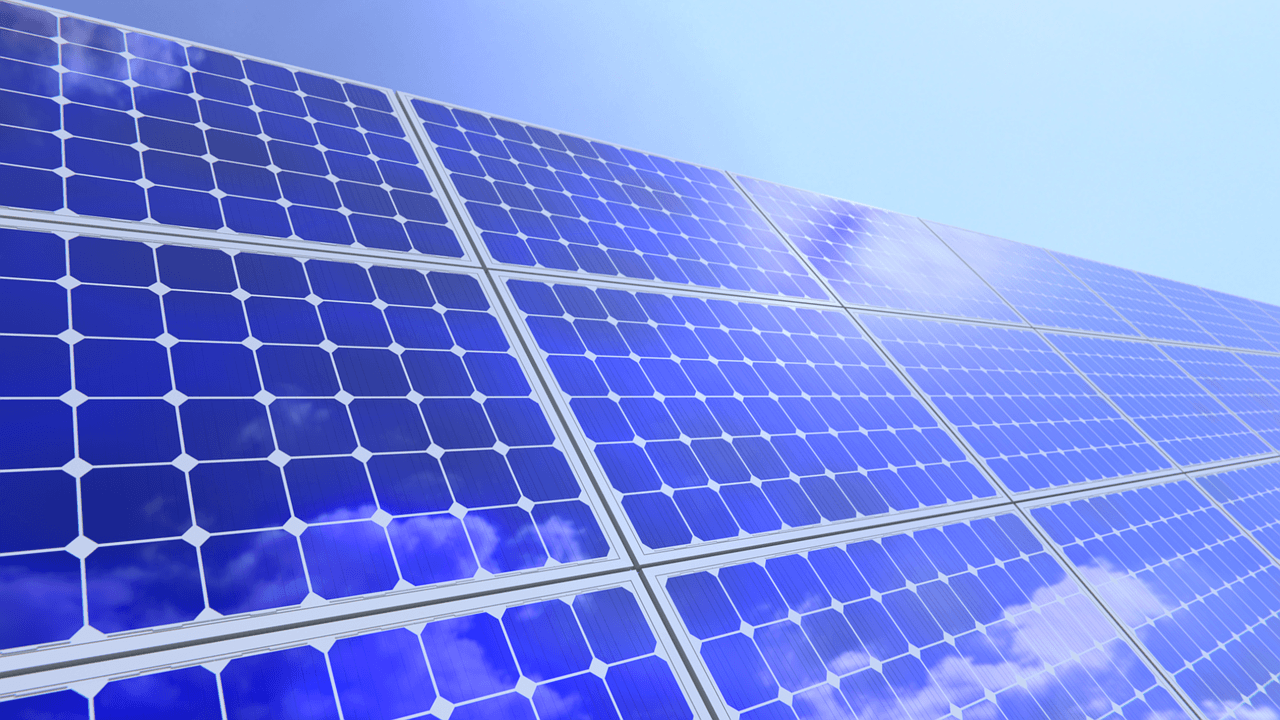
By the year 2030, the countries of the European Union intend to cover about one-third of their energy needs with renewable energy sources. Solar energy plays a central role in this. However, the problem is that almost all hardware – like so many other things in our daily lives – is not produced in Europe. It comes from China, Taiwan, or Malaysia. American and Asian companies have the most efficient crystalline silicon solar cell technology concepts on the market: solar cells with so-called Interdigital Back Contacts (IBC).
An EU-funded project must now bring Europe closer to producing its own innovative solar cells and panels. As part of the NEXTBASE project, scientists have developed highly efficient IBC solar cells. These are capable of converting 25.4% of the collected solar energy into electricity.
“This is a European record for an industrially viable version of the IBC-SHJ technology,” says project coordinator Kaining Ding from the German Jülich research center. “The current laboratory world record for a silicon solar cell is 26.7 %. This was also based on the IBC-SHJ concept but was extremely expensive to produce. Our approach is practically optimal.”
Greater competitiveness
Aside from the solar cells, the researchers have also developed a prototype of a 4 x 4 cell solar module which has an efficiency level of 23.2 %. This percentage is one of the highest efficiencies ever achieved by silicon modules. The team then developed a cost-effective manufacturing method that makes it possible to produce such modules for less than 0.275 cents per watt. This puts the cost of energy generation on a par with standard technologies produced in Asia. “This enables Europe to be competitive in the manufacture of solar cells,” says Ding.
These cells could make Europe’s energy supply more sustainable. “The increased efficiency promotes the transition to renewable energies. That’s because they generate more energy in smaller areas than other similar, less efficient cells,” Ding explains. From an environmental and social viewpoint, it is also preferable to produce locally.
European solar cells becoming more efficient and cheaper
As the researchers emphasize, IBC-SHJ technology is the key to impressive energy conversion. In standard solar technology, there are metal contacts on the front and back of the units. Solar energy is actually wasted as a result of being blocked by the metal contacts on the front. Cells with only rear contacts do not have this problem. This means that solar energy can be collected from the entire front. They are also aesthetically attractive, say the scientists.
According to Ding, existing IBC modules are expensive to produce and are sold exclusively to a premium market. In order to make the cells and modules of this technology more efficient and cheaper, the 14 industry and research partners in the NEXTBASE consortium have revised the designs and processes for the silicon wafers.
IBC-SHJ cells have complex structures, Ding explains further. “There was no cost-effective industrial way to produce them.” Meyer Burger Research Ltd has therefore developed an automated process to produce the cells in a cost-effective way. “This process was very successful and uncomplicated,” says Ding.
Pilot project
Ding expects that the results of the NEXTBASE project could in the long term lead to manufacturers and consumers becoming more interested in European photovoltaic technology. As well as IBC-SHJ modules becoming more attractive to consumers. “Results will lead to the commercialization of highly efficient PV modules based on next-generation c-Si solar cells,” Ding states. “The partners would not have worked so closely together without funding from the EU.”
Next, the scientists want to show how the NEXTBASE cell can function in larger modules in order to industrialize subsequent manufacture. A pilot line is planned under the leadership of Meyer Burger Research Ltd, which holds a patent on the cell.
Read more articles about solar energy and solar collectors via this link.

